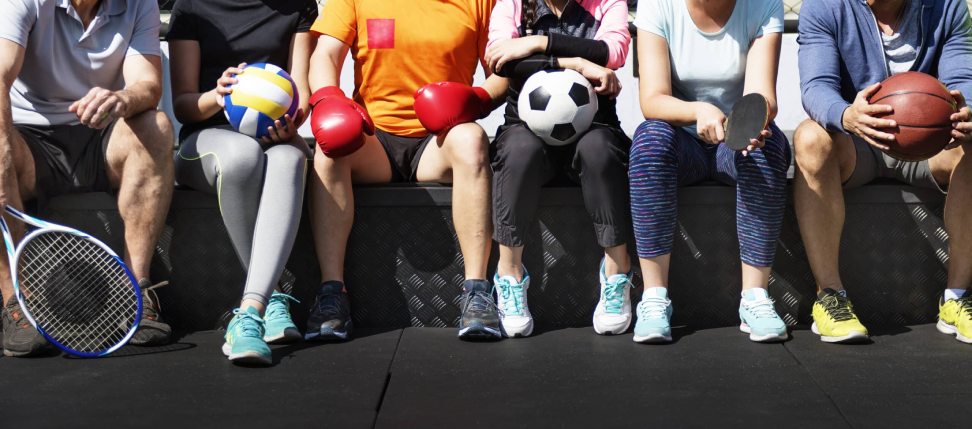Tigerexch, Skyinplay, Playinexch, T20 Exchange: When it comes to unlocking an athlete’s true potential, the power of physiological analysis cannot be underestimated. This cutting-edge tool allows coaches and trainers to delve deep into the inner workings of an athlete’s body, uncovering hidden strengths and weaknesses that may impact performance. From monitoring heart rate variability to analyzing oxygen uptake efficiency, physiological analysis provides valuable insights that go beyond what the naked eye can see.
By harnessing the wealth of data obtained through this analysis, coaches can fine-tune training programs, tailoring them to address specific needs and maximize results. Whether it’s optimizing recovery time, reducing injury risk, or enhancing overall endurance, physiological analysis empowers athletes to push beyond their perceived limits. It is through this meticulous examination of physiological markers that true breakthroughs can occur, revolutionizing the way we approach athletic training and unleashing the untapped potential that lies within each and every athlete.
- � Physiological analysis allows coaches and trainers to uncover hidden strengths and weaknesses in an athlete’s body.
- � Monitoring heart rate variability provides insights into the athlete’s cardiovascular health and recovery abilities.
- � Analyzing oxygen uptake efficiency helps identify areas for improvement in endurance performance.
- � The data obtained through physiological analysis enables coaches to tailor training programs to address specific needs.
- � Optimizing recovery time can help athletes bounce back faster from intense workouts or competitions.
- � Reducing injury risk by identifying weak areas in the body can prevent setbacks and keep athletes on track with their training goals.
- � Enhancing overall endurance through targeted training interventions can lead to improved performance during long-distance events or extended periods of exertion.
- � Meticulous examination of physiological markers revolutionizes athletic training, allowing athletes to push beyond their perceived limits.
- � Unleashing the untapped potential within each athlete is possible through harnessing the power of physiological analysis.
Understanding the Connection Between Physiological Analysis and Athlete Optimization
With advancements in sports science and technology, coaches and athletes now have access to a powerful tool that can unlock an athlete’s true potential � physiological analysis. By understanding the connection between physiological analysis and athlete optimization, teams can make informed decisions that can lead to improved performance and overall success.
Physiological analysis involves the measurement and evaluation of an athlete’s body functions and responses during physical exertion. This includes monitoring heart rate, oxygen uptake, lactic acid levels, and other key indicators that provide valuable insights into an athlete’s physiological capacity and performance capabilities. This data-driven approach takes the guesswork out of training and allows coaches to tailor workouts and recovery plans to individual needs. By analyzing the body’s physiological responses, athletes can train smarter, reduce the risk of injury, and maximize their athletic potential. The implications are exciting � with the right insights, athletes can optimize their training, reach new heights, and achieve greatness on the field or court.
What is physiological analysis?
Physiological analysis is the process of measuring and assessing various physiological parameters in athletes, such as heart rate, oxygen consumption, and muscle activity, to understand their body’s response to exercise and training.
How does physiological analysis unleash athlete potential?
Physiological analysis helps identify an athlete’s strengths and weaknesses, allowing coaches and trainers to tailor training programs specifically to address individual needs. This optimization leads to improved performance and the unlocking of an athlete’s full potential.
What are some examples of physiological parameters measured in athlete optimization?
Examples of physiological parameters measured in athlete optimization include VO2 max, lactate threshold, anaerobic capacity, muscle strength, and power output.
How does understanding the connection between physiological analysis and athlete optimization benefit athletes?
Understanding this connection allows athletes to train smarter and more effectively. By targeting specific physiological areas for improvement, athletes can maximize their performance, minimize the risk of injury, and ultimately achieve their goals.
Who conducts physiological analysis on athletes?
Physiological analysis is typically conducted by sports scientists, exercise physiologists, or specialized trainers who have expertise in assessing and interpreting physiological data.
Is physiological analysis limited to professional athletes only?
No, physiological analysis can be beneficial for athletes of all levels, from professional to amateur. It allows for individualized training plans that cater to each athlete’s unique physiological characteristics, helping them reach their full potential.
How often should athletes undergo physiological analysis?
The frequency of physiological analysis depends on various factors, such as the athlete’s level of training, goals, and resources. In general, it is recommended to conduct regular assessments throughout the training process to track progress and make necessary adjustments to optimize performance.
Can physiological analysis also help prevent injuries?
Yes, physiological analysis can help identify potential risk factors for injuries by assessing factors like muscle imbalances, biomechanical issues, and fatigue levels. By addressing these issues early on, athletes can reduce the likelihood of injuries and prolong their athletic careers.
Are there any limitations to physiological analysis in athlete optimization?
While physiological analysis is a valuable tool, it should be considered in conjunction with other factors such as psychological, nutritional, and technical aspects of performance. It is important to take a holistic approach to athlete optimization for the best results.
Additional:
- How do I sell stuff on PoE Trade?
- What is Pac-Man’s 30th anniversary?
- Is The College Board A Scam Operation?

